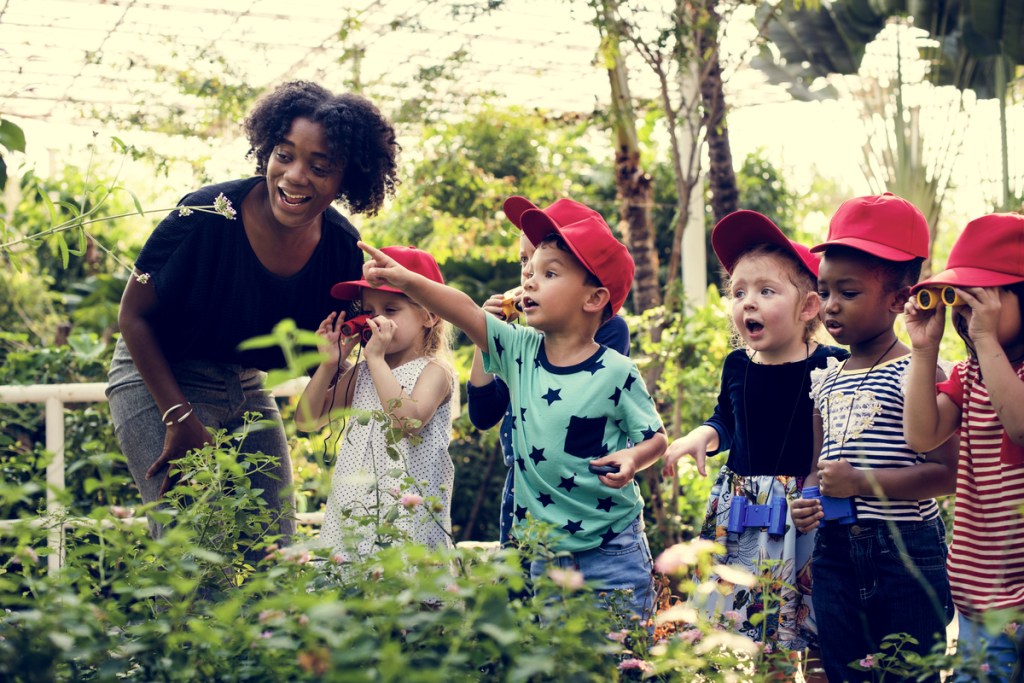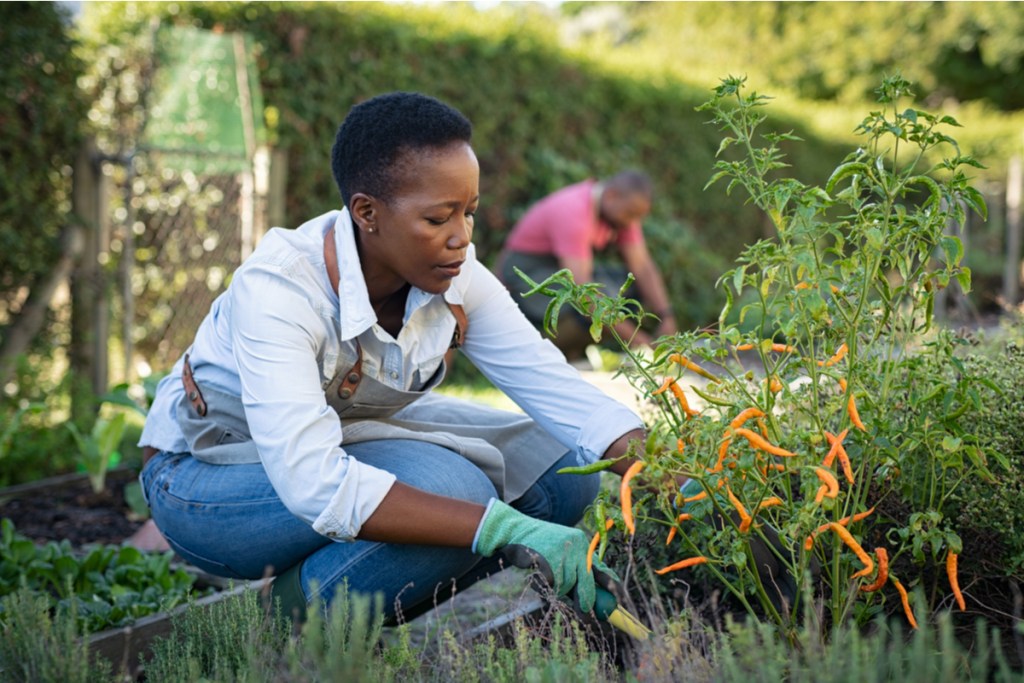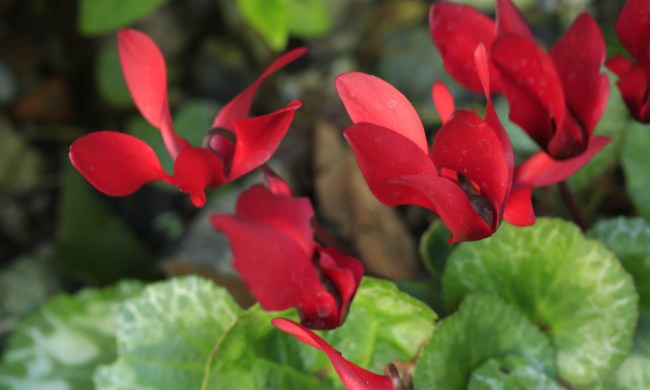When it comes to what’s good and what’s best, more expensive doesn’t always mean better quality or fuller satisfaction. Often when we look up how to do something online and look for ways we can learn more about what we enjoy, we try to find the most knowledge for the cheapest cost. Each of these online gardening courses are knowledgeable and well-taught, but when it comes to which one is best, it boils down to what we learn for how much we pay.

The good master gardening class: Ron Finley Teaches Gardening
Ron Finley Teaches Gardening is a good online course on MasterClass that helps you learn well-rounded gardening basics. At one point in his life, Ron had received a citation—and an arrest warrant—for growing a garden on a curbside strip. He fought back and now identifies as a self-proclaimed “gangster gardener,” and is now sharing what he knows about cooking your own food and keeping plants alive through his course.
Ron’s course is great for hobbyists, lasting about two hours and covering topics like creating fertile soil, maintaining compost piles, caring for an herb garden, and even propagating plants. It’s in ten parts, teaching you how to grow everything under the sun from vegetables to succulents, and there’s even a home workbook you can download that’s filled with gardening tips. His class truly rounds out your knowledge, though may not dive as deep into some topics as you’d like. It’s a good starting point for online courses.
The thing about MasterClass, though, is that you can’t only pay for one course at a time—which puts this as one of the more expensive options out there that aren’t part of a college program. MasterClass bills $180/year for a subscription to the courses they offer, and you’ll get your money’s worth if you aim to watch more than this one.
The better master gardening class: Basic Botany
A better choice for an online gardening class, especially if you’re a gardener with an already-basic level of plant knowledge, is Basic Botany from Oregon State. This course sits right in the middle as a great option for gardeners who are familiar enough with vegetables and herbs that they want to up their plant knowledge and improve their green thumb.
Oregon State’s Basic Botany course is taught by Master Gardener Signe Danler, who teaches you the process of identifying plants, as well as the importance of how to tell the difference between monocots and dicots (and how to recognize moss, fungus, and algae). In the Basic Botany course, you’ll be able to expand your knowledge of leaf and root systems and learn how the different parts of a plant affect the growth and development processes. If you’re tired of not being able to tell the difference between a harmless weed and an invasive species, this course may be for you.
Signe Danler teaches this basic botany run-down on-demand, costing just $45 for four to six hours of content. It’s part of the larger Master Gardener Short Course Series, which contains other courses about things like plant pathology. Unlike on MasterClass, you can choose to take this one lesson at the base cost, and if you want, you can sign up for more at an additional $45 cost per class.

The best master gardening class: Introduction to Growing Organic Food Sustainably
We’ve saved the best for last. After all, who doesn’t love to share knowledge for free? This five-star online class from Alison is all about sustainability, teaching you how to grow organic, delicious vegetables with minimal environmental impact. This free course is perfect for everyone, especially those interested in growing their own food (or interested in making their existing garden more sustainable).
The Introduction to Growing Organic Food Sustainably starts by teaching you how to grow vegetables in an environmentally friendly way and leads all the way up to performing crop rotation from year to year, covering things like raised beds and sowing seeds along the way. This is a five-module course, lasting between one and a half to three hours. You’ll even get to learn about different vegetable families!
All courses from Alison are free to complete, so you can start with this introductory course and explore further to see if there are any other gardening courses of interest. After completion, you have the option to purchase a certificate if you want (but it isn’t required, and you’ll walk away with the knowledge no matter what).
There are lots of sources for gardening information available, from online master classes all the way to YouTube video tutorials. When it comes to choosing where and who you want to learn from, consider your needs, what you want to know, and where you can best learn the information within your budget.


